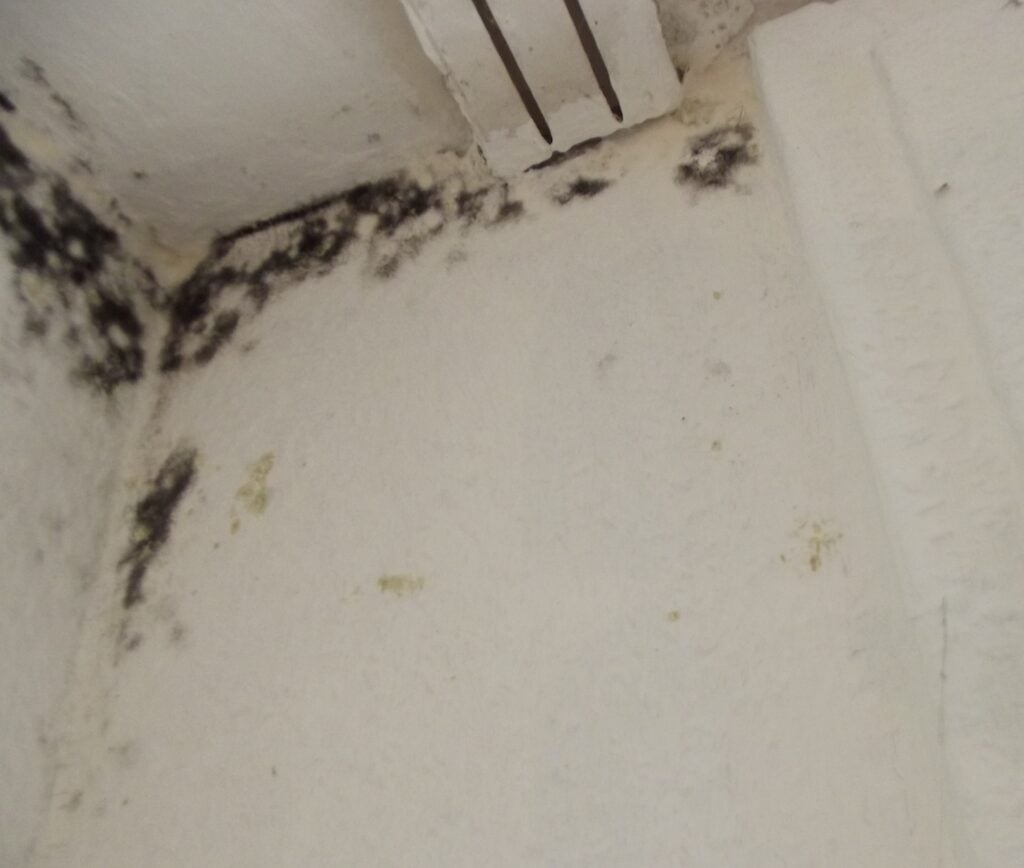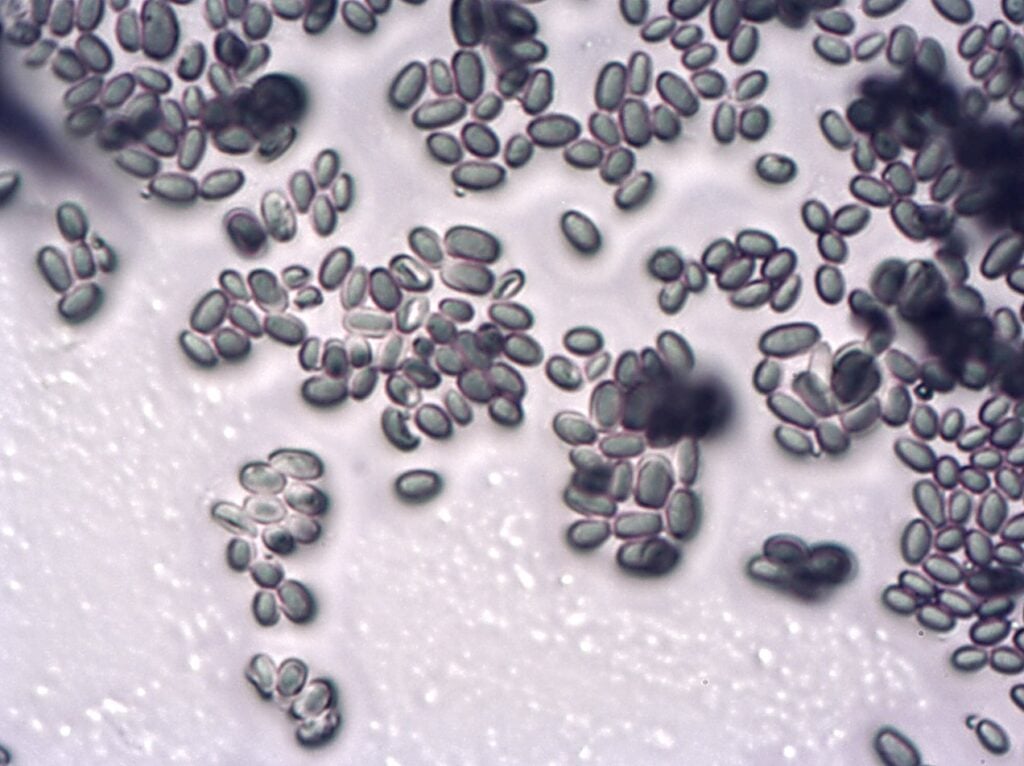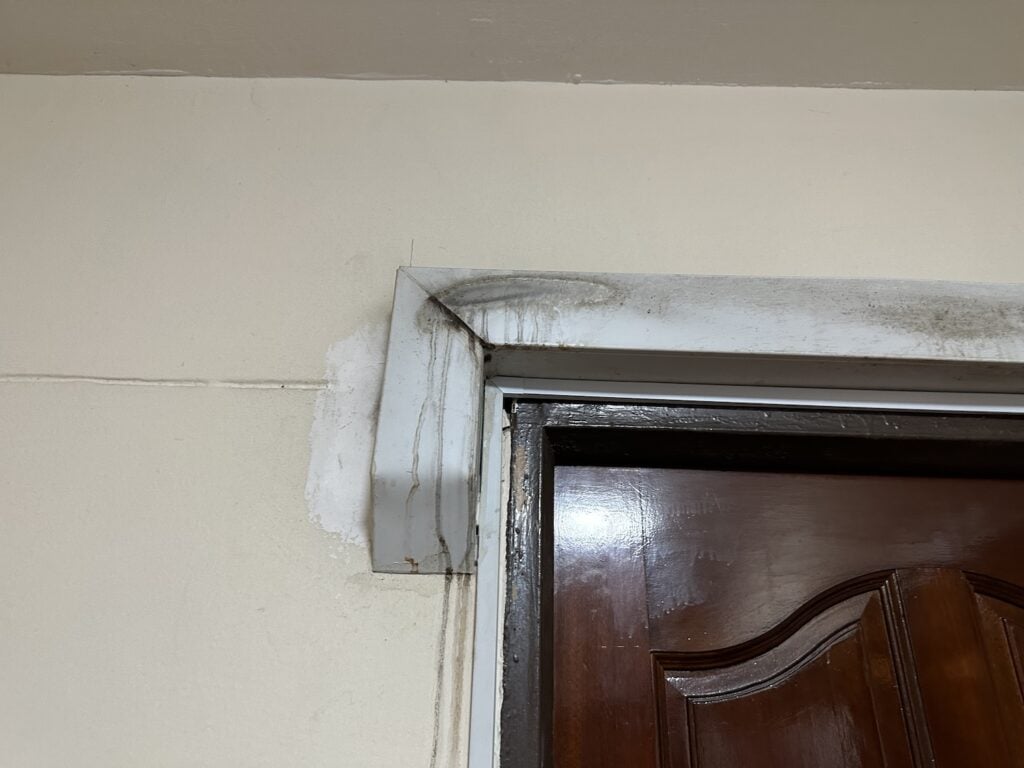What is Mould? A Comprehensive Guide to Understanding Mould Growth and Prevention

Understanding Mould
Mould is a type of fungus that grows in damp and humid environments. It is a common problem in many households and buildings, and can cause health problems if left untreated. As a fungus, mould is part of the fungi kingdom, which also includes yeast, mushrooms, lichens, and truffles.
Mould reproduces by producing tiny spores that can be carried by the air. When these spores land on a damp surface, they can begin to grow and digest the material they are growing on in order to survive. This process is facilitated by the mycelium, which is a network of thread-like structures that grow within the material.
There are many different types of mould, each with their own unique characteristics and growth patterns. Some common types of mould include Aspergillus, Cladosporium, and Stachybotrys. These moulds can grow on a variety of surfaces, including wood, paper, carpet, and food.
It is important to understand the origin of mould growth in order to prevent it from occurring in the first place. Mould requires moisture to grow, so any area that is damp or humid is at risk of developing mould. Common sources of moisture include leaks in roofs, windows, or pipes, as well as flooding and condensation.
To prevent mould growth, it is important to keep your home or building dry and well-ventilated. This can be achieved by fixing any leaks or water damage, using dehumidifiers, and ensuring that air can circulate freely throughout the space. Regular cleaning and maintenance can also help to prevent mould growth by removing any organic material that mould can feed on.
In summary, mould is a type of fungus that grows in damp and humid environments. It reproduces by producing tiny spores and grows using a network of thread-like structures called mycelium. To prevent mould growth, it is important to understand the origin of moisture and take steps to keep your home or building dry and well-ventilated.
Types of Mould
There are many types of mould that can be found in indoor and outdoor environments. Some moulds are harmless, while others can cause health issues. In this section, I will discuss the most common types of mould that you might encounter.
Black Mould
Black mould is a type of mould that is dark-green, gray or black in color. It is often found in areas that are damp or humid, such as bathrooms or basements. Black mould can cause health problems, especially for people with allergies or asthma.
White Mould
White mould is a type of mould that is white in color. It is often found in areas that are damp or humid, such as bathrooms or kitchens. White mould can cause health problems, especially for people with allergies or asthma.
Yellow Mould
Yellow mould is a type of mould that is yellow in color. It is often found in areas that are damp or humid, such as bathrooms or basements. Yellow mould can cause health problems, especially for people with allergies or asthma.
Aspergillus
Aspergillus is a type of mould that is commonly found in bathrooms and window frames. It can appear green, grey, or white with dark spots. Aspergillus can cause health problems, especially for people with weakened immune systems.
Penicillium
Penicillium is a type of mould that is commonly found in damp or humid areas, such as bathrooms or kitchens. It can appear blue or green in color. Penicillium can cause health problems, especially for people with allergies or asthma.
Cladosporium
Cladosporium is a type of mould that is commonly found in damp or humid areas, such as bathrooms or basements. It can appear black or green in color. Cladosporium can cause health problems, especially for people with allergies or asthma.
In conclusion, there are many types of mould that can be found in indoor and outdoor environments. It is important to be aware of the types of mould that can cause health problems and take steps to prevent their growth.

What are some common causes of mould growth in homes?
Mould growth in homes is a common problem that can cause health issues and damage to property. Here are some of the most common causes of mould growth in homes:
Water leaks
Water leaks are one of the most common causes of mould growth in homes. Leaks can occur in your pipes, toilets, faucets, and even your roof and walls. It is important to fix any leaks as soon as possible to prevent mould growth.
High humidity
High humidity levels in the home can cause mould growth. Humidity levels above 60% can create an ideal environment for mould to grow. You can use a dehumidifier to reduce humidity levels and prevent mould growth.
Poor ventilation
Poor ventilation can cause moisture to build up in your home, leading to mould growth. Areas like bathrooms and kitchens are particularly susceptible to mould growth due to the high levels of moisture created by daily activities like showering and cooking. Ensure that your home is properly ventilated to prevent mould growth.
Dampness
Dampness can occur in any area of your home that is exposed to moisture. This can include basements, crawl spaces, and attics. Dampness can be caused by leaks, condensation, or even flooding. It is important to address dampness as soon as possible to prevent mould growth.
Mould Formation and Growth
Mould is a type of fungus that plays an important role in breaking down organic matter in the environment. It is a common problem in both natural and built environments, and its growth is facilitated by moisture and humidity. In this section, I will discuss how mould forms and grows in natural and built environments.
Mould in Natural Environments
Mould is present in soil and can be found outdoors in damp and humid environments. In natural environments, mould growth is essential for breaking down organic matter such as dead leaves, wood and other plant materials. Mould spores are present in the air and can settle on surfaces where they can grow and form colonies.
Mould in Built Environments
Mould growth is a common problem in built environments such as homes and offices. Mould can form on walls, insulation, and other building materials when there is excessive moisture or dampness. Common sources of moisture include leaks, wet building materials, high humidity, and poor ventilation. Bathrooms and ceilings are particularly vulnerable to mould growth due to the high levels of moisture and humidity.
Mould growth can be prevented by controlling moisture and humidity levels in the environment. Building materials such as drywall can be treated with anti-mould agents to prevent mould growth. Regular cleaning and maintenance of bathrooms and other damp areas can also help prevent mould growth.
In conclusion, mould formation and growth is a natural process that is essential for breaking down organic matter in the environment. However, in built environments, mould growth can be a problem that is facilitated by moisture and humidity. By controlling moisture levels and practicing regular cleaning and maintenance, mould growth can be prevented in built environments.

Mould and Health
Mould is a common problem in many households. While it may seem like a minor inconvenience, mould can have serious health consequences if left untreated. In this section, I will discuss the health risks associated with exposure to mould and how it can affect the immune system.
Mould Allergies
Mould allergies are a common problem for many people. Symptoms of a mould allergy can include sneezing, coughing, wheezing, and difficulty breathing. If you suspect that you have a mould allergy, it is important to see a doctor for a proper diagnosis. They can recommend treatment options such as antihistamines or allergy shots.
Mould and the Immune System
Exposure to mould can also have an impact on the immune system. People with weakened immune systems, such as those with HIV or cancer, are more susceptible to the health risks associated with mould exposure. In addition, exposure to certain types of mould can cause infections in the lungs or other organs.
What are the health risks associated with exposure to mould?
Exposure to mould can cause a variety of health problems. Some of the most common health risks associated with mould exposure include:
- Respiratory problems: Exposure to mould can cause coughing, wheezing, and difficulty breathing.
- Allergic reactions: Mould can trigger allergic reactions in some people, causing symptoms such as sneezing, runny nose, and itchy eyes.
- Asthma: Exposure to mould can worsen asthma symptoms or trigger asthma attacks.
- Infections: Exposure to certain types of mould can cause infections in the lungs or other organs.
It is important to take steps to prevent and treat mould in your home to reduce the risk of these health problems. This can include using dehumidifiers, fixing leaks, and cleaning up any visible mould.
Mould Removal and Prevention
Cleaning and Removing Mould
Mould is a common problem in many homes and can cause serious health issues if left untreated. If you spot mould in your home, it’s important to take action immediately to clean and remove it. Here are some effective ways to clean and remove mould:
- Wear gloves and protective clothing to avoid contact with mould spores.
- Use a mould testing kit to determine the type of mould you are dealing with.
- Clean the affected area with a solution of bleach and water.
- Use a scrubbing brush to remove the mould from surfaces.
- Dry the area thoroughly to prevent mould from returning.
If the mould problem is severe or covers a large area, it’s best to call in a professional mould removal service. They have the expertise and equipment to safely and effectively remove mould from your home.

What are some effective ways to prevent mould growth in your home?
Preventing mould growth in your home is key to avoiding the need for mould removal. Here are some effective ways to prevent mould growth:
- Keep your home well-ventilated to reduce humidity levels.
- Fix any leaks or sources of dampness promptly.
- Use a dehumidifier to reduce moisture in the air.
- Spread towels out after use to allow them to dry quickly.
- Use mould-resistant paint in high-moisture areas such as bathrooms and kitchens.
By following these tips, you can help prevent mould growth and keep your home healthy and safe.
